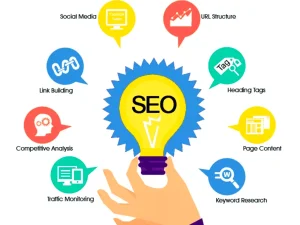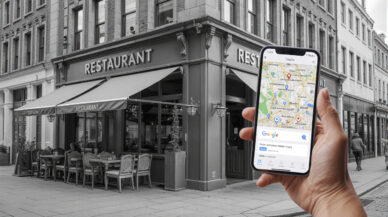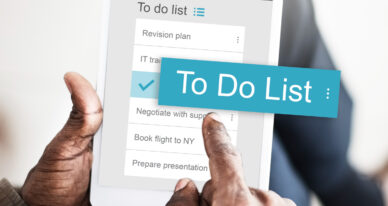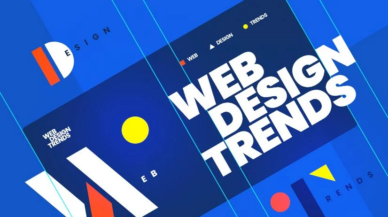Best Practices to improve your Inaccessible Website Design through simple professional website design techniques.
A new Inaccessible Website Design study of the paradigm is emerging. It’s called responsive web design, and it looks to solve key problems of inaccessibility, as well as improve usability and aesthetic appeal.
Responsive Web Design focuses on simplicity, its core principle is that a site shall be “available on any device with any sort of browser”. In other words, a site should function properly on all screens sized differently and with different browsers.
It’s not just about the small screens either. With responsive web designs, your site will be fully functional even when you are viewing it from a distance.
3 Simple Ways to Make Your Inaccessible Website Design More Accessible
Website Design Dublin is not just about making the site function with a screen reader. Here are three simple ways that you can make your website more accessible.
The first thing you should do when designing your website is to make sure that it is accessible to everyone and every device out there. All you need to do is follow some basic standards like using appropriate headings, organizing content sensibly, and making sure that each page has an alternative text for images and videos.
Secondly, you need to avoid any form of visual design patterns like drop-shadows, gradients, ill-defined text, etc as these are hard for people who are colorblind or visually impaired. In addition, it makes the site difficult for screen readers because they cannot parse certain design elements like sliders and carousels, etc.
1. Make Your Inaccessible Website More Accessible Check your color contrast
The new WCAG 2.1 of Inaccessible Website Design guidelines are much stricter than the first version of the Web Content Accessibility Guidelines. The updated guidelines, which went into effect on January 18th, 2018, now place even more emphasis on contrast and web design with higher accessibility standards.
When it comes to designing a website, it is important to keep in mind color contrast and the WCAG 2.1 accessibility standards for better user experience and increased conversions.
2. Let your words do the talking – Write engaging content for the website
The goal of engaging content is to capture the attention of your potential customers and encourage them to buy what you are selling.
The best way to create engaging content for your website is by using the 5 W’s and the H’s. The 5 W’s refer to who, what, where, when, and why. The H refers to how. These questions will provide you with a framework for writing an article that is more appealing because it has a logical sequence of events rather than just random thoughts. This will help you to make your Inaccessible Website Design more attractive and engaging to your end users.
 Read how to make sure you hire the best website design agency.
Read how to make sure you hire the best website design agency.
3. Create a Caption for your multimedia content
Make sure your multimedia content can be enjoyed by everyone. Adding captions to videos has been shown to increase engagement and watch time; there are many reasons why people might prefer to play videos without sound, like if they’re watching in a busy environment without headphones. Free tools will help you generate captions.
It’s also important to explain what your images show. This is done through alt text, a description that browsers can read aloud to visually impaired users.



































































































































